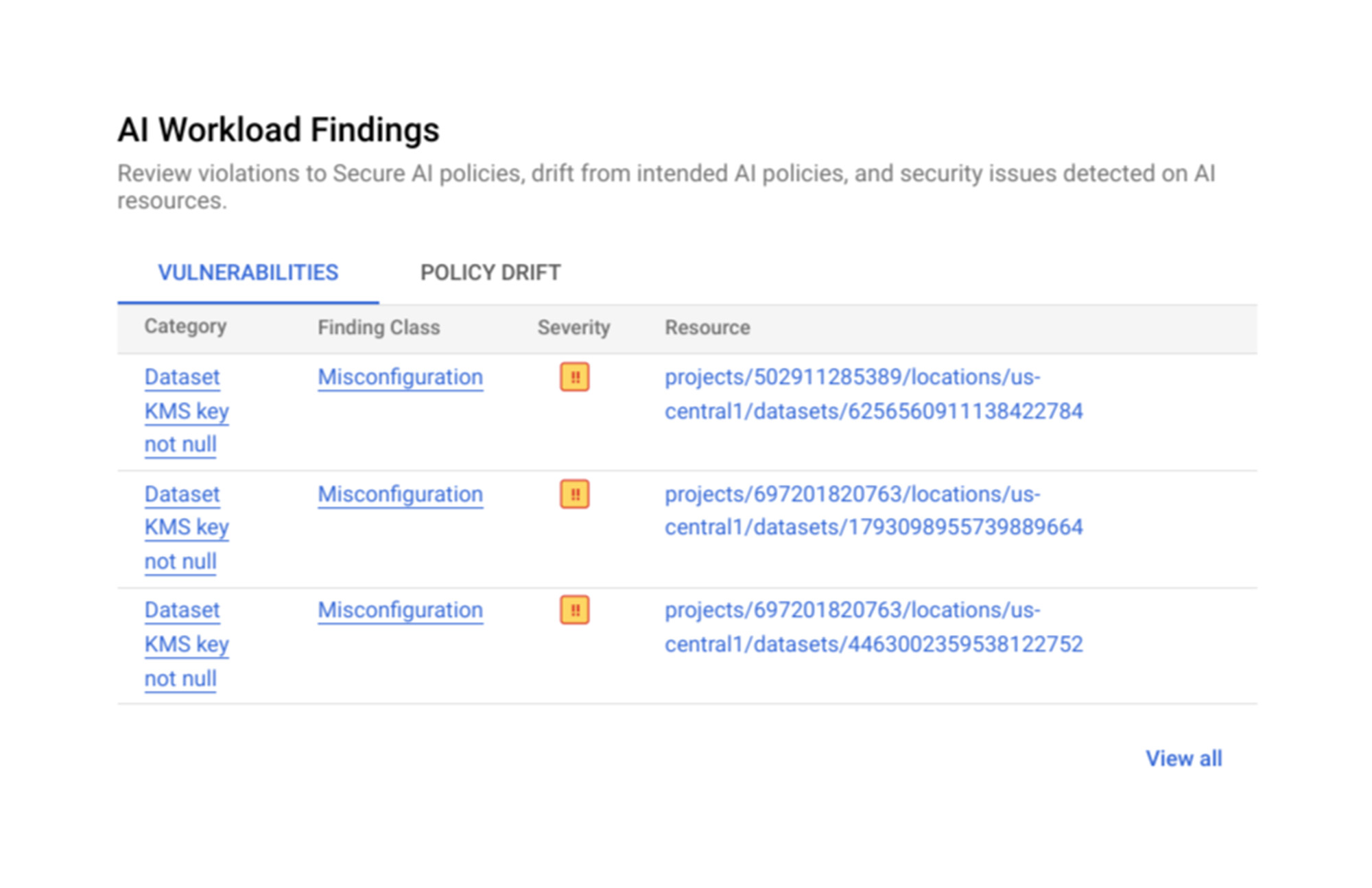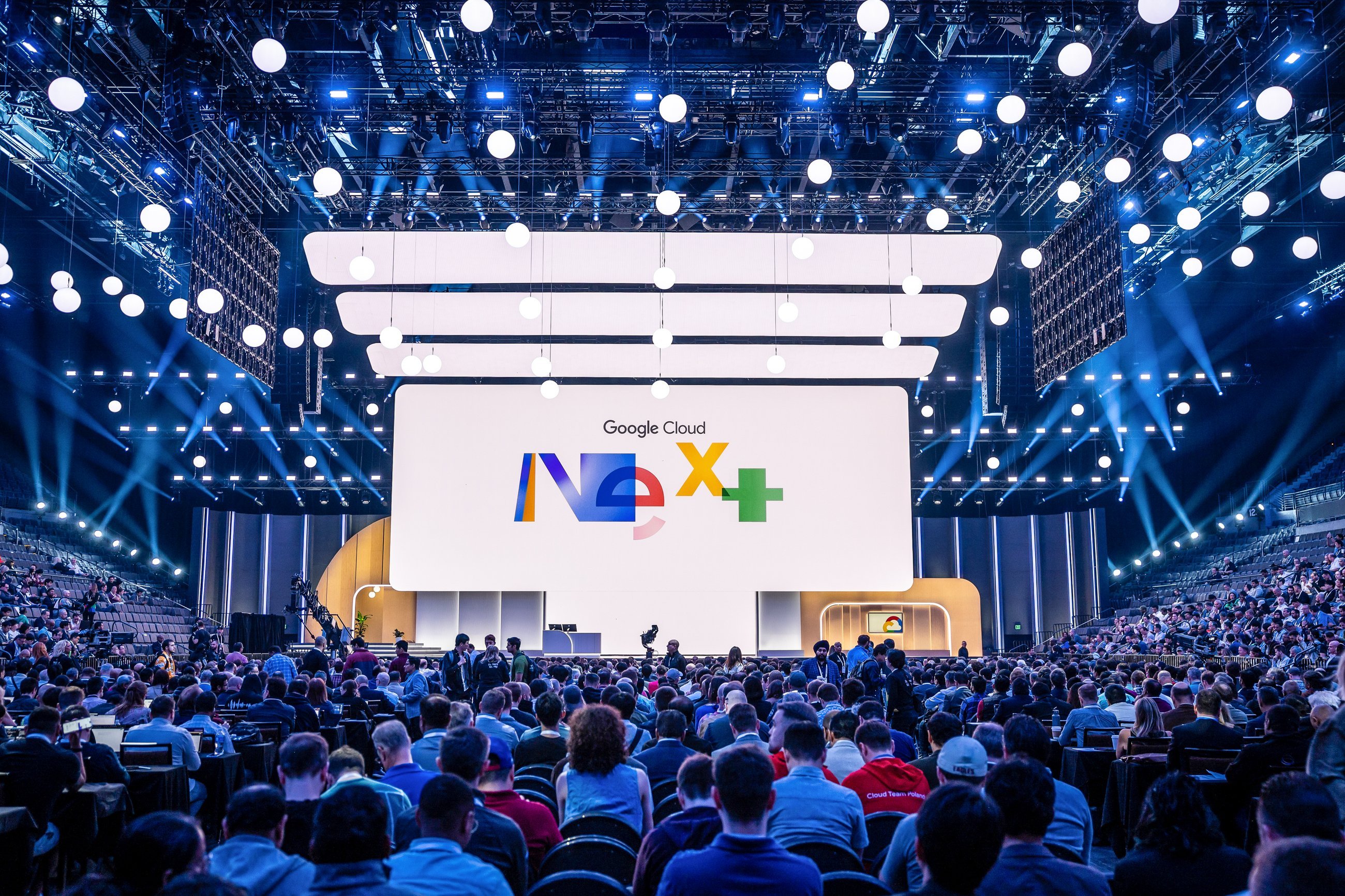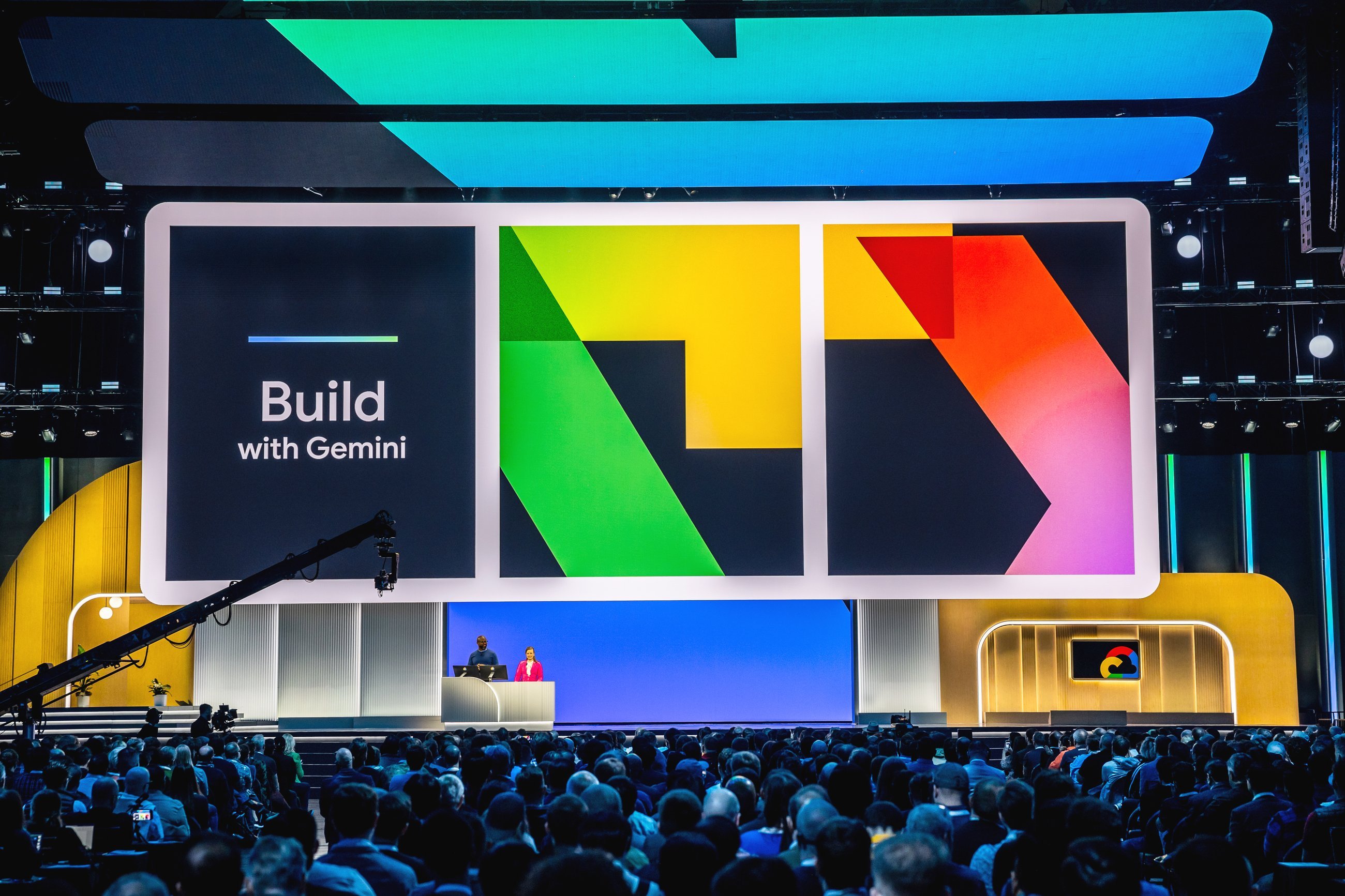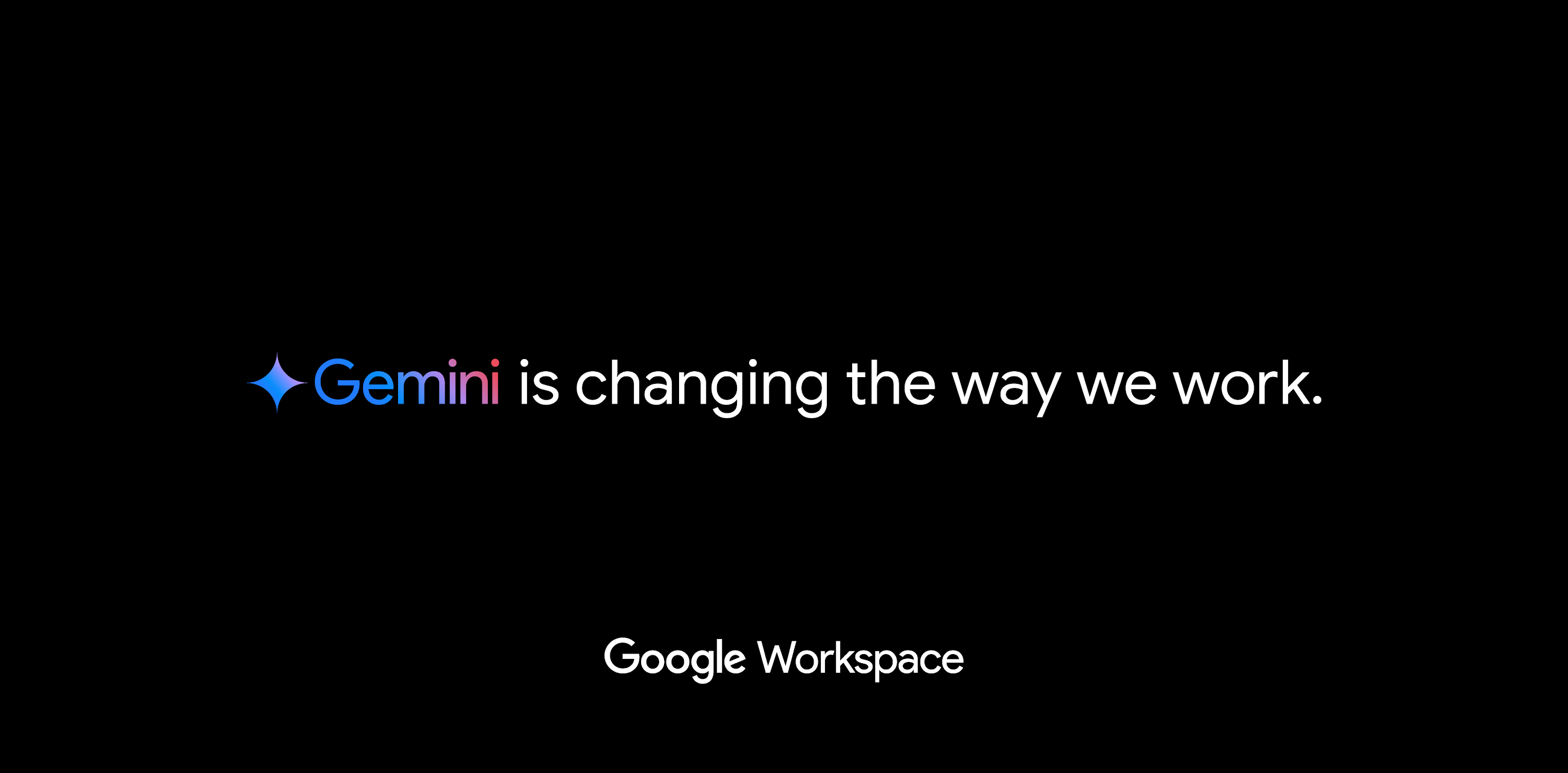Developers leveraging Vertex AI, Google Cloud's comprehensive AI platform for building cutting-edge applications, are prompting IT teams to enhance cloud infrastructure security measures. In alignment with the Secure AI Framework (SAIF) introduced previously, we aim to share effective strategies and tools that customers can utilize to safeguard AI models, products, and technologies.
Google advocates initiating the security journey with Google Cloud's Organization Policy Service, which establishes constraints on how cloud resources are configured, including Vertex AI-specific policies to ensure developers adhere to centrally-defined guardrails.
Enhanced with Security Command Center Premium, Google's integrated security and risk management solution for Google Cloud, now integrates with organization policies to offer near real-time detection of policy changes and AI resource configurations that could potentially elevate cloud risks. These advanced Security Command Center features are now readily available to bolster security measures.
Securing Vertex AI applications through proactive and reactive measures
By being seamlessly integrated into the Google Cloud infrastructure, Security Command Center provides real-time visibility into AI workloads and applications, eliminating the need for outdated snapshots that may compromise security. This visibility is crucial as you cannot protect what you cannot see.
Once identified, Security Command Center leverages its deep understanding of Vertex AI architecture and service operations to offer tailored posture controls specifically crafted for Vertex AI workloads.
In contrast to traditional cloud security tools that treat AI applications as just another workload, Security Command Center's latest features include pre-configured security controls that can be easily applied with a simple click. It continuously monitors Vertex AI resource configurations for any deviations from security policies, triggering automatic alerts when core AI infrastructure settings stray from best practices, such as:
- Allowing access to newly created Vertex AI Workbench notebooks through public IP addresses
- Enabling file download operations on Workbench instances
- Modifying access privileges to Vertex AI workloads
This proactive approach, combined with real-time detection capabilities, ensures a comprehensive security solution for AI workloads within a single platform. Additionally, key security findings related to Vertex AI implementations are prominently displayed in the Security Command Center UI, enabling security teams to effectively monitor their risk posture.
 Spotlight of Vertex AI security findings in Security Command Center
Spotlight of Vertex AI security findings in Security Command CenterResponding to Vertex AI security events
Upon identifying a Vertex AI workload breaching established security parameters, Security Command Center deploys its arsenal of risk analysis tools to evaluate the scenario and propose remedial actions. This includes conducting attack path simulations to replicate how a malicious actor could infiltrate and compromise Vertex AI workloads.
By visualizing potential exploit pathways in cloud defenses, security teams can pinpoint vulnerabilities that may lead to unauthorized access to critical assets. Furthermore, the system offers an attack exposure score to prioritize and streamline the remediation process.
Moreover, Security Command Center furnishes detailed reports showcasing the security stance of Vertex AI workloads. These reports can be tailored for specific folders, projects, or assets, facilitating seamless sharing with relevant application or devsec teams.
Posture controls for common compliance standards
Furthermore, Security Command Center offers pre-configured policy sets for compliance standards that extend beyond safeguarding AI workloads, catering to a diverse range of cloud applications. These detective controls align with industry-standard protocols, including:
- CIS 2.0
- CIS Kubernetes Benchmark v1.5.1
- NIST SP 800-53
- ISO 27001
- PCI DSS
















 Twitter
Twitter Youtube
Youtube

